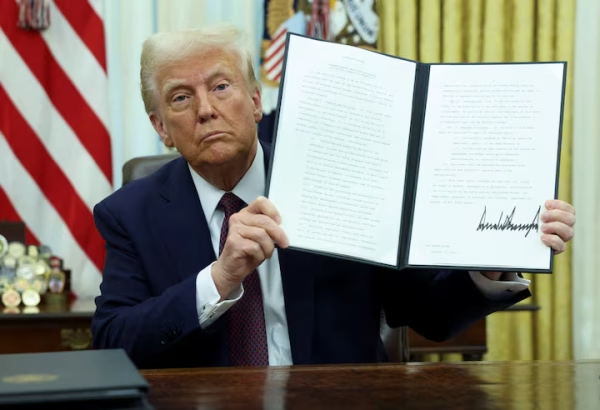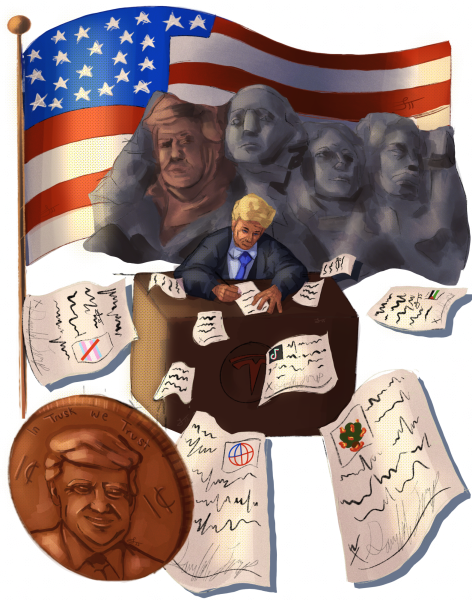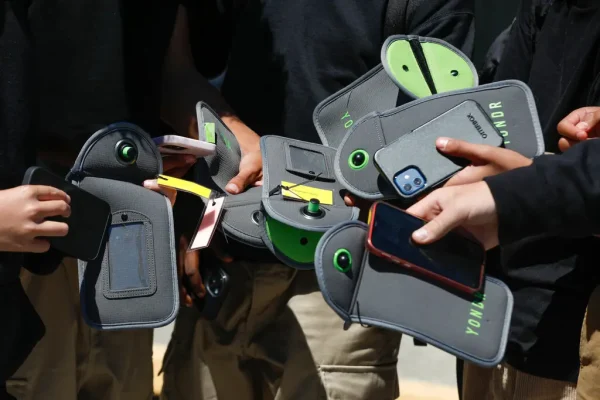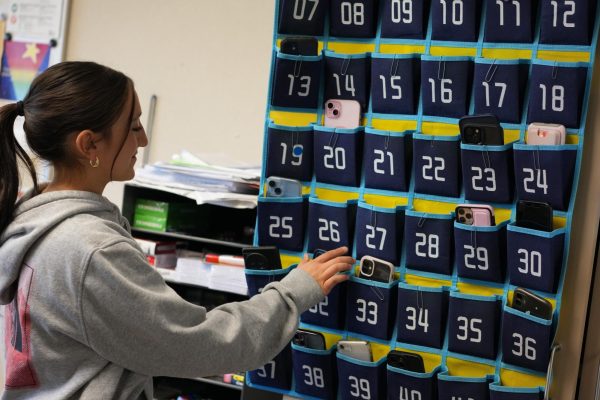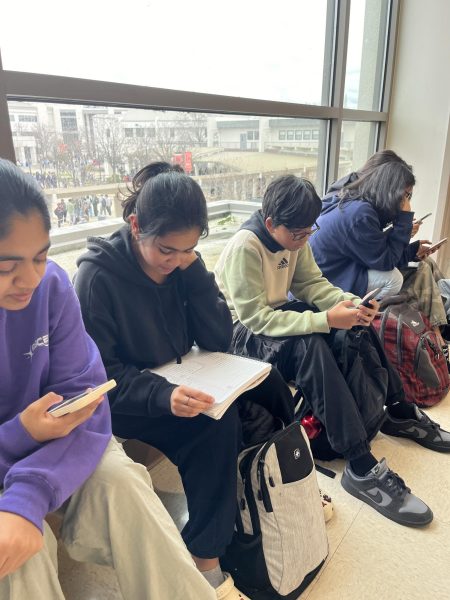Protected student expression dates back more than 50 years
The extent of student expression and First Amendment rights has a long history.
In 1965, John Tinker, 15, Mary Tinker, 13, Hope Tinker, 11, and Paul Tinker, 8, all wore black armbands to a school in Des Moines, Iowa, to protest the Vietnam War.
The principals of the Des Moines schools met and created a policy that forced any children wearing armbands to remove them or face suspension. The Tinker kids continued to wear the armbands, leading to John and Mary’s suspensions.
The Iowa Civil Liberties Union filed a lawsuit on the Tinker’s behalf, but the U.S. District Court sided with the school board.
The Tinker family appealed its case all the way to the U.S. Supreme Court, which overruled the original decision 7-2, ultimately giving students like the Tinkers the right to express themselves on public school campuses.
Another important student rights case happened in 1983 at Hazelwood East High School in St. Louis County, Missouri. The student newspaper, The Spectrum, had two articles removed from one issue by the principal. The students filed a lawsuit and a lower court voted in favor of the students. After a series of appeals, the case finally reached the Supreme Court, which sided with the school 5-3 in 1988.
Both the Tinker and Hazelwood cases are still used today to determine the extent of student First Amendment rights.
The Hazelwood case is used to determine if a school should have the ability to regulate student speech, especially in newpapers. The Tinker case is used more often to decide if student speech and expression are disruptive or offensive.
